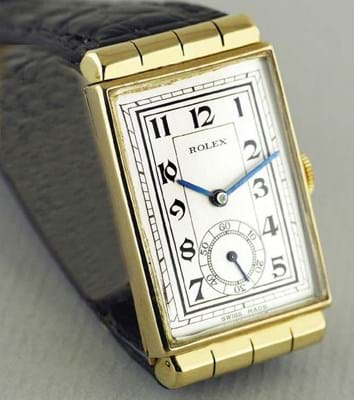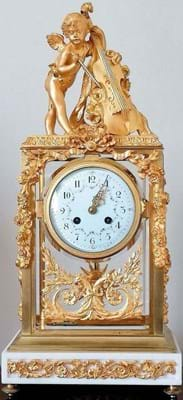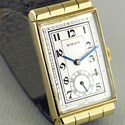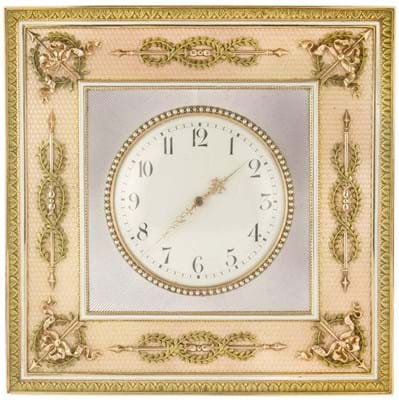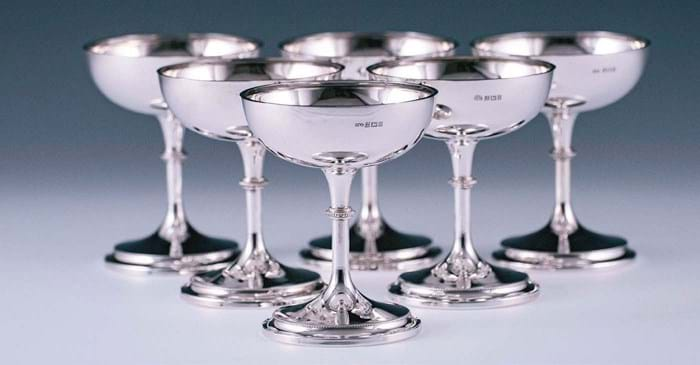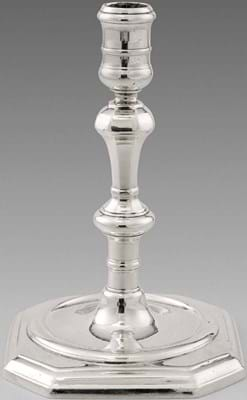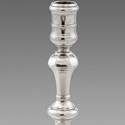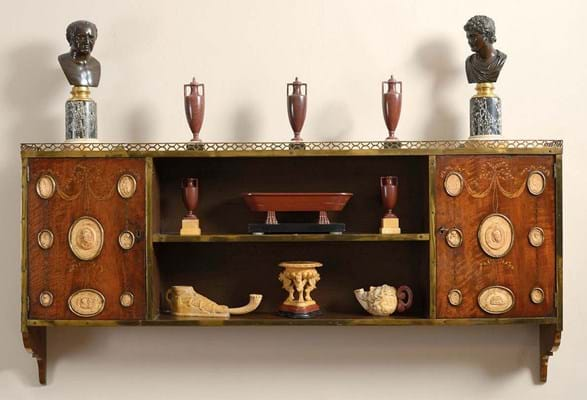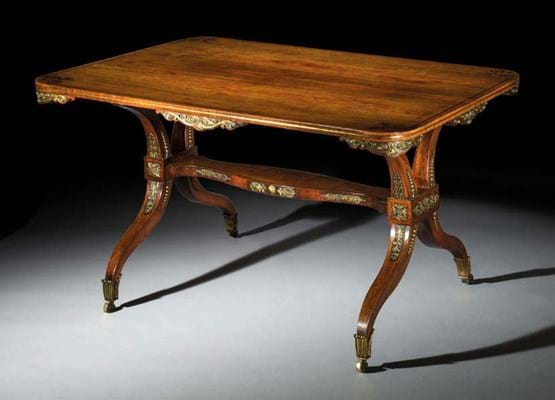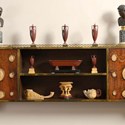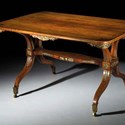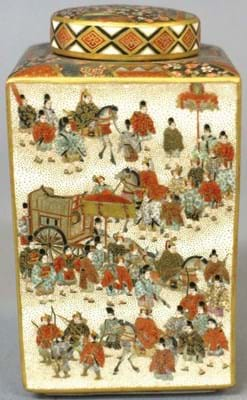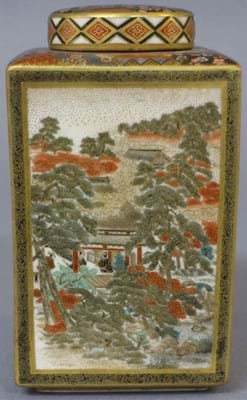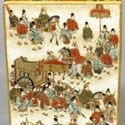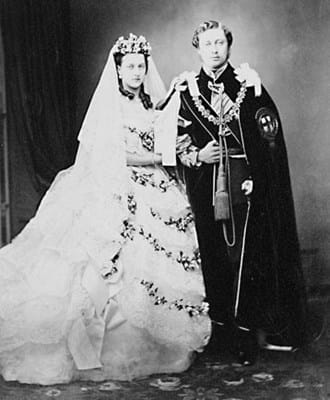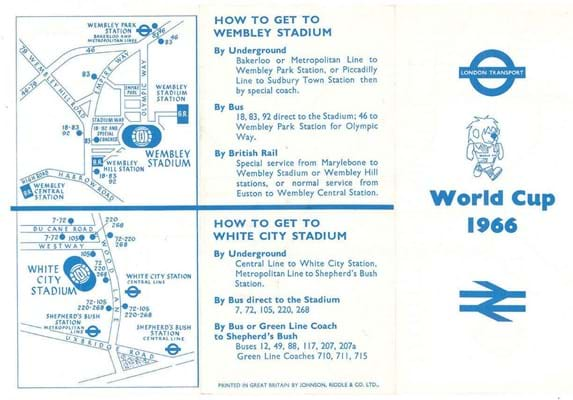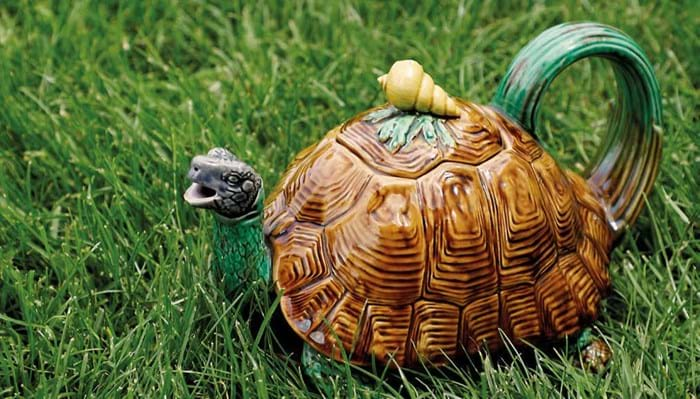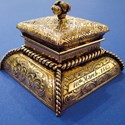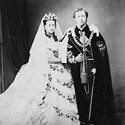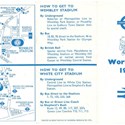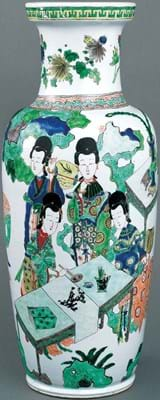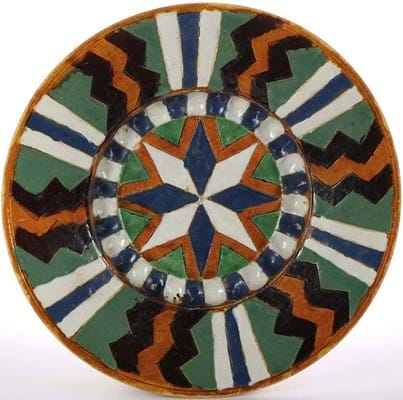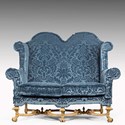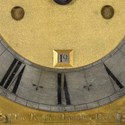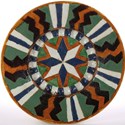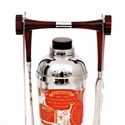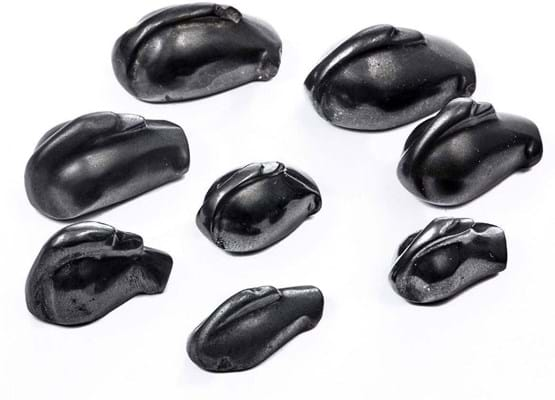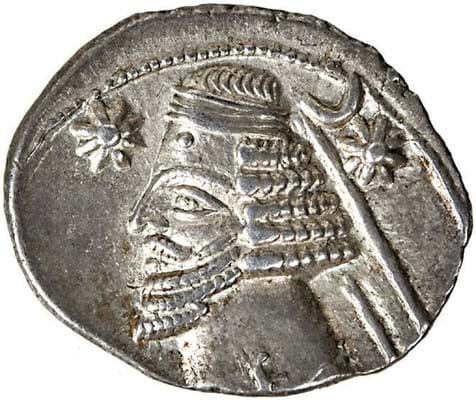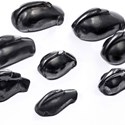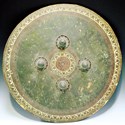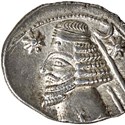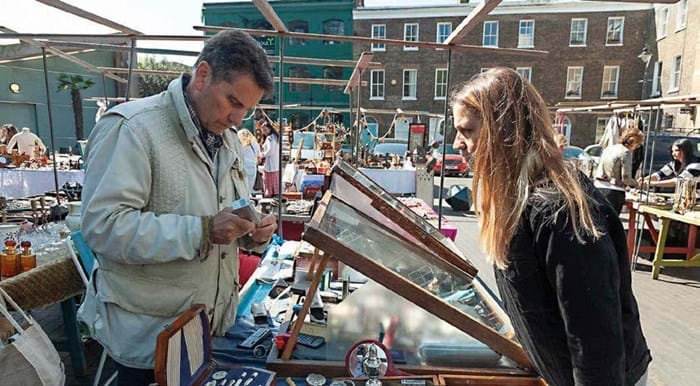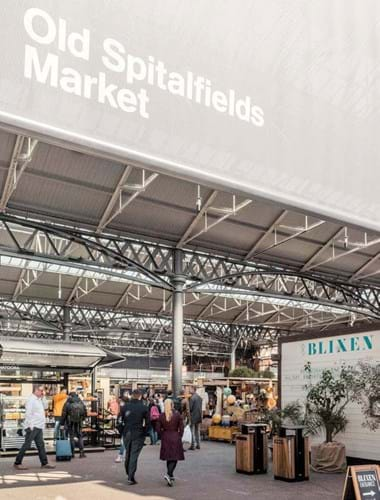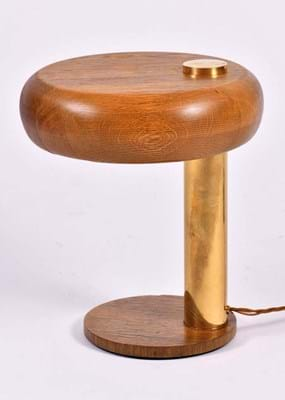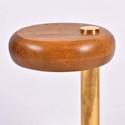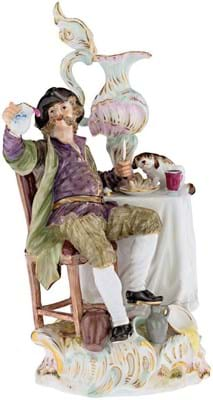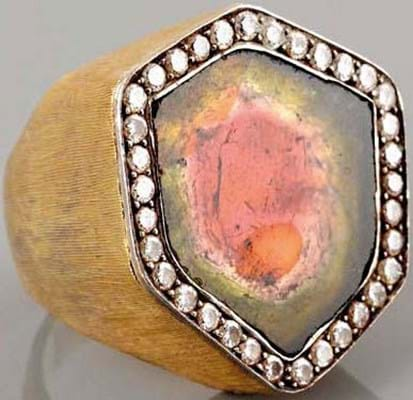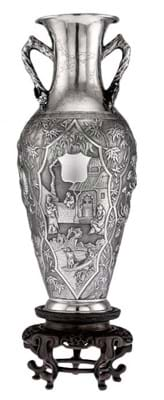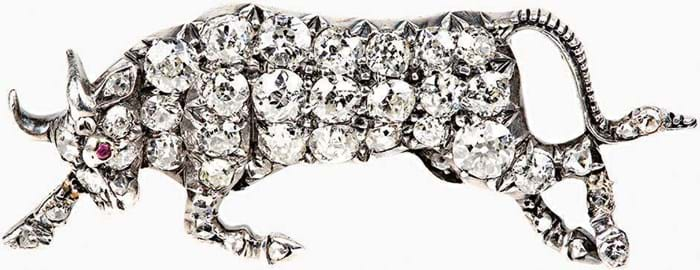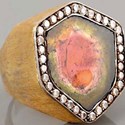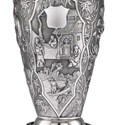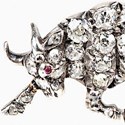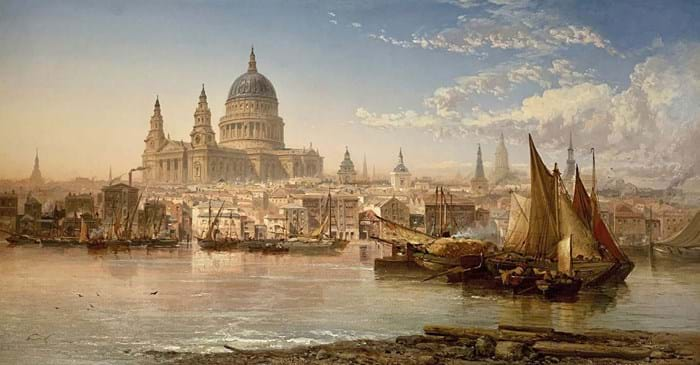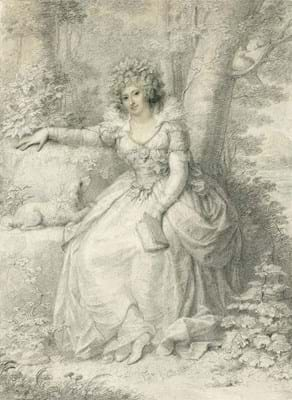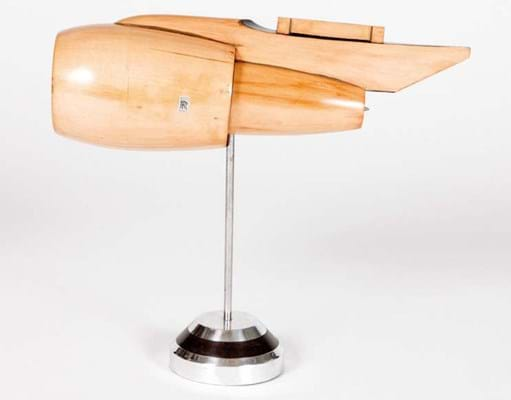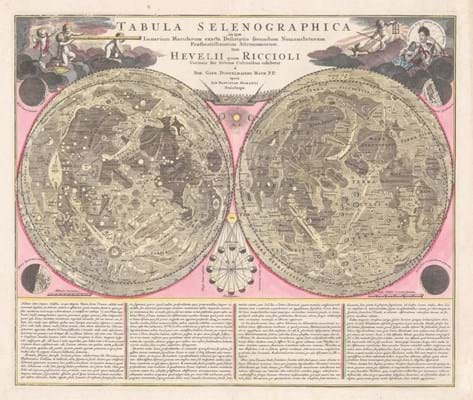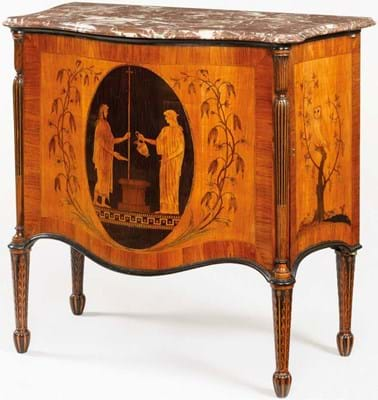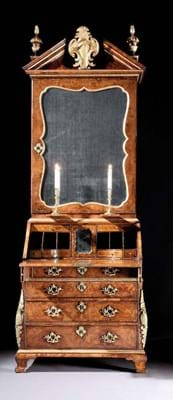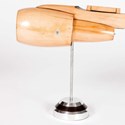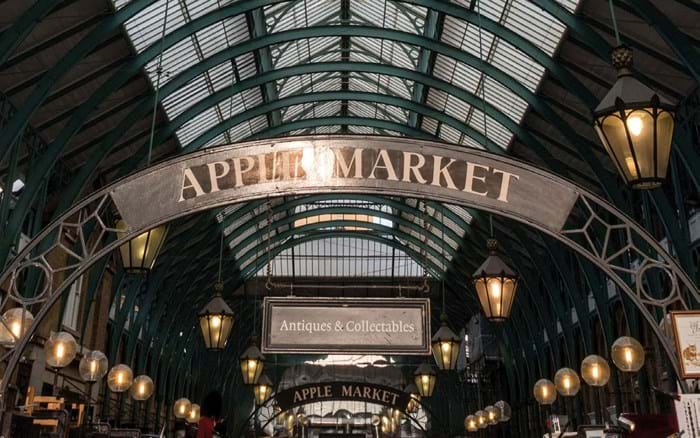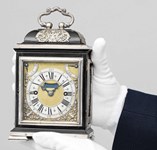PORTOBELLO MARKET
Where: Portobello Road, W11
When: Saturdays
Nearest tubes: Ladbroke Grove, Notting Hill Gate
‘Portobello market’ is really several markets in one and the antiques market a mix of street stalls, permanent arcades and individual shops. Some of the shops are open across the week but only on Saturday are all the elements in full swing. Trading generally starts around 8am – arrive before 11am to avoid the crowds.
The road takes its name from Portobello Farm, once located nearby in Golborne Road. In the 19th century, the present long, winding street was built.
The seeds of the antiques market were sown in the 1940s as rag and bone men joined the established fruit and vegetable market. Dealers in bric-a-brac came next in the 1950s, ushering in half a century of association with art and antiques.
Portobello Road and the surrounding area have since been gentrified, with rising property prices, ballooning rents and rates producing predictable results.
Several antique arcades have closed in recent years in favour of fashion boutiques and coffee shops. According to the Save The Portobello Road Market campaign, the street had 100 antique arcades 50 years ago. Today, it has around 15-20. But the market remains a delight for anyone interested in antiques, occupying a full half-mile of road from Westbourne Grove all the way up to and along Golborne Road, and across under the Westway out to Ladbroke Grove.
MAYFAIR
Where: Between Bond Street & Park Lane
When: Check with individual dealers
Nearest tubes: Bond Street, Green Park
Bordered by Piccadilly to the south, Bond Street to the east, Park Lane to the west and Oxford Street to the north, Mayfair remains quintessential Georgian London. Being here gives a certain resonance to the gallery.
Although threatened in recent years by rising rents and encroaching fashion boutiques, it is still hard to traverse these streets without coming across an antiques shop, a gallery, a jewellery emporium or an auction house. And don’t forget to look up – many of the dealers in ‘pre-contemporary art’ are a couple of storeys above ground level.
SILVER VAULTS
Where: 53-64 Chancery Lane, WC2A 1QS
When: Monday-Friday 9am-5.30pm, Saturday 9am-1pm
Nearest tube: Chancery Lane
In the heart of London’s legal district, two storeys underground, lies the world’s biggest concentration of antique silver offered by the world’s most extensive concentration of antique silver dealers.
An institution without parallel, but still one of London’s best-kept secrets, the Silver Vaults in Chancery Lane is a one-of-a-kind in the antiques trade: a Monday to Saturday underground venue devoted to the buying, selling, valuing and repair of silver.
This Aladdin’s Cave began life in 1885 as the Chancery Lane Safe Deposit, a strong room for the portable wealth of London’s elite. However, not until the Second World War did the Vaults begin to evolve from strong room to unique retail centre. Only visible at ground level via a modest road sign, five flights of stairs lead to an underground warren of corridors, huge iron doors and a sea of white metal.
All 30 members of the Vaults – many of them family businesses and each operating as independent shops – belong to The London Silver Vaults Association and abide by a self-policing charter.
Refreshingly free from the ‘tourist tat’ that has permeated some of London’s markets in recent years, merchandise is always sold with a guarantee to condition and authenticity, whether a £10 teaspoon or the finest examples of English silver and goldsmithing.
It was the famous Anglo-American collector Sir Arthur Gilbert who said: “If you cannot find it in the Vaults, you cannot find it anywhere.”
ADAMS ANTIQUES FAIRS
Where: The Lindley Hall, Elverton Street, SW1P 2QW
When: Sundays monthly, 10am-4.30pm
Nearest tube: Victoria
The Royal Horticultural Halls opened their doors in 1904 as an exhibition venue for the RHS. ‘The Horti’ has been the venue for a monthly Sunday fair since the 1970s – making it the longest-running event of its type in the capital.
Adams Antiques Fairs continues to run the event that attracts around 140 stalls and a traditional morning queue alongside the Frock Me! vintage fair, held at Chelsea Old Town Hall or Kensington Town Hall at dates throughout the year.
PIMLICO ROAD & MORETON STREET
Where: Between Chelsea Bridge Road & Vauxhall Bridge Road
When: Check with individual dealers
Nearest tube: Sloane Square
It was the arrival of interior designer Geoffrey Bennison and his acolytes in the 1960s that transformed the various streets converging on the Pimlico Road from bomb-damaged railway link to design haunt of the rich and famous.
Retaining the feel of a smart village bordered by Chelsea and Belgravia, it’s still home to some of the coolest dealers in town and a mecca for the top end of the interior design community.
Members of the Pimlico Road Association pride themselves on being residents of a street that is cheerfully free of the usual high-street stores and a place where art, antiques and the best in 20th century design rub shoulders with designers and crafts people.
A little closer to the tube station on Moreton Street is another clutch of dealers – don’t miss them out.
CAMDEN PASSAGE
Where: Camden Passage, just off Upper Street in Islington, N1 8EA
When: Wednesdays & Saturdays
Nearest tube: Angel
The name is a little misleading: Camden Passage is a pedestrian alleyway built in 1767 off Upper Street in the Borough of Islington.
Since the 1950s Camden Passage has ranked among London’s leading antiques locations.
In common with several London markets, the number of traders has reduced over the years, as the big high-street names capitalise on the area’s popularity.
There are nonetheless still four antique market areas to explore: Annie’s Market, Camden Passage Market, Charlton Place Market and Pierrepoint Market, all within spitting distance of one another (the main market days are Wednesday and Saturday) along with an array of permanent shops.
You can find a wide range of things here, ranging from cheap and cheerful vintage to the very best in Japanese works of art.
CECIL COURT
Where: Between St Martin’s Lane & Charing Cross Road, WC2N
When: Check with individual dealers
Nearest tube: Leicester Square
In the heart of London’s theatre district is Cecil Court, a picturesque 17th century thoroughfare street with Victorian frontages still owned by the Cecil family.
Just five minutes from Trafalgar Square, the street, with its array of independent shops, has long been a favourite with collectors of rare books and maps (since the 1930s, it has been known as the new Booksellers’ Row). Collectors will also find dealers in coins, banknotes and medals here.
Auction house Sworders is the latest addition, opening a valuation, events and viewing office in the spring.
KENSINGTON CHURCH STREET
Where: Kensington Church St, W8
When: Check with individual dealers
Nearest tube: Notting Hill Gate
Spread along the length of Kensington Church Street and scattered down its pretty side streets are more than 40 antiques dealers.
Some of the world’s leading experts in their respective fields have chosen the Royal Borough of Kensington & Chelsea as their base. Most dealers on Kensington Church Street are members of the main British antiques trade bodies: the street has the highest concentration of BADA members of any area in the country.
Quality here goes without saying. But Ken Church Street dealers are also eager to throw off any suggestion that London’s archetypal antiques street – its Georgian frontages a place of pilgrimage for connoisseurs for over a century – might be a little intimidating or too old-fashioned for the 21st century zeitgeist.
THE OLD CINEMA
Where: 160 Chiswick High Road London, W4 1PR
When: Monday to Saturday: 10am-6pm & Sundays 12-5pm
Nearest tube: Stamford Brook
The Old Cinema, a former Edwardian picture palace on Chiswick High Road, has been a family-run antiques centre since 1979.
The Art Deco frontage leads into 10,000 sq ft of space bursting with an ever-changing ‘on-trend’ inventory, from Mad Men-style rosewood and hardcore industrial to French decadence and Georgian elegance.
CHURCH STREET
Where: 13-25 Church Street, Marylebone, NW8 8DT
When: Tuesday-Saturday 10am-6pm
Nearest tube: Marylebone
Over the years antiques shops have sprouted up along Church Street. Some are graduates from Alfies which has been a destination for lovers of antiques and vintage fashion since the 1970s.
Opened in the Edwardian buildings of a former department store on Church Street in 1976, Alfies Antique Market is London’s original antiques centre. Following an extensive refurb in 1988, the complex covers 35,000sq ft over five floors.
The city’s largest indoor emporium has been joined over the past four decades by close to 20 antiques shops along the east end of Church Street, selling a mix of traditional and decorative antiques in the mid-market price range.
Alfies (open from Tuesday to Saturday) maintains a cool and funky edge that distinguishes it from Grays, its sister centre off Bond Street. It is still a place for vintage clothes and bric-a-brac offered from small pile ’em high booths, while the Quad area, opened in 2005, spotlights 20th century design with a strong current emphasis on Italian post-war furniture and lighting. A designated area for Middle Eastern art, antiques and design with 20-plus dealers opened last year and is named AlFayez.
Lisson Grove isn’t London’s most elegant ward – council estates, a bustling street market and the industrial legacy of Regent’s Canal have set the tone – but signs of gentrification are everywhere.
Westminster council, which owns some 80% of the properties in the area, has unveiled a 20-year, £1.2bn regeneration blueprint and, as part of the plan, has pledged to favour art and antiques businesses, with the aim of making this spot a rival to Portobello Road.
Recent initiatives include an annual street market. The next event titled Antiques Anonymous Street Market is scheduled for September.
BERMONDSEY MARKET
Where: Bermondsey Square, SE1 3UN
When: Friday 6am-2pm
Nearest tubes: Bermondsey, Borough
Bermondsey Antiques Market is one of London’s great institutions. Properly called the ‘New Caledonian Market’ (it was originally located near the Caledonian Road in Islington), it moved south of the river in 1947 and by 1960 had become synonymous with second-hand goods and bric-a-brac.
In its pomp there were up to 300 stalls here a week – benefiting from the buzz of the Swinging Sixties and a curious law known as ‘marché ouvert’.
This medieval French legal concept, allowing for the open sale of stolen goods between the hours of sunset and sunrise in certain designated markets in a city, somehow continued until 1995 when scandal finally led to an amendment to the Sale of Goods Act.
More of a threat to the long-term future of the market was the much-promised redevelopment of the site, which overlies the foundations of a Norman abbey.
The regeneration at Bermondsey Square, that began in 2006, led to the closure of the antiques warehouses and shops that had operated here for a generation. But the market itself refused to lie down, operating in rain or shine amid the building site.
Like many of London’s regular antiques markets, Bermondsey – now run by specialist market management group Sherman and Waterman – does live a little on its former glories. However, on a clement Friday morning it can still attract 50-100 stands with plenty of business conducted to a small crowd at setting-up time.
A great institution, a great survivor and a place to buy anything from a £1 mudlark find to four-figure sums for good examples of period silver and jewellery.
OLD SPITALFIELDS
Where: 16 Horner Square, London E1 6EW
When: Thursday 10am-8pm
Nearest tube: Liverpool Street
Old Spitalfields Market in the East End boasts a long, proud and tumultuous history. There has been a market on this site for over 350 years and the successive waves of immigration to the area has cemented its status as a meeting place for buyers and sellers.
In 1991 the wholesale fruit and vegetable market relocated to Leyton in east London, and the site – comprised of fine Victorian buildings and a 1920s extension – went on to be redeveloped in the early 2000s.
Today’s antiques market, which has taken place every Thursday in the restored Victorian market hall for around 15 years, is a sister event to Bermondsey and Covent Garden, managed by the same company: Sherman and Waterman.
A recent redevelopment has squeezed out some stalls in favour of coffee shops and noodle bars. However, plenty still attracts the local demographic, which these days is as cool as it gets.
LILLIE ROAD
Where: Fulham, West London
When: Monday to Saturday. For times, check with individual dealers
Nearest tubes: Fulham Broadway, West Kensington & Barons Court
Only a country lane until the 19th century, today Lillie Road in Fulham is renowned for decorative antiques.
The first shops began to surface here in the 1980s as dealers searched for lower rents within reach of Kensington and Chelsea.
From a handful of shops, the road has developed into a considerable force in the world of decorative antiques – the usual mix of traditional and painted furniture, mid-century and post-war design, the quirky and the whimsical, spread across a score of dealers.
Plenty is usually available at the affordable end of the home interiors budget, and it’s a worthwhile starting point for the inexperienced buyer with an eye for the unusual.
GRAYS
Where: 58 Davies Street, London, W1K 5AB
When: Monday-Friday 10am-6pm, Saturday 11am-5pm
Nearest tube: Bond Street
The once-ubiquitous London antiques centre is now an endangered species. Slowly, one-by-one, formerly thriving venues have wilted under pressure from rising rents and property developers. But there are still beacons of light.
Owner Bennie Gray describes the Grays business on Davies Street as the last place left that provides “affordable space for antiques dealers at the epicentre of the London art and antique dealing world”.
Grays has faced its fair share of challenges – business rates rocketed, Crossrail turned a prime off-Bond Street location into a temporary building site, and the add-on known as the Mews has closed – but it’s back on the up.
The Grays dealers are situated in a Grade II-listed building designed as a two-floor showroom for an Edwardian water closet manufacturer. It was a near-derelict site before it was restored by Gray back in 1977.
The quality of objects on sale is consistently high. Many of the dealers are members of leading trade associations BADA and LAPADA, with a handful trading here since the earliest days. As one might expect near Bond Street, period jewellery is the main stock in trade, but there are also dealers in quality Chinese and Japanese ceramics, Art Nouveau metalwork and militaria.
ST JAMES’S
Where: Between Pall Mall & Piccadilly
When: Check with individual dealers
Nearest tubes: Piccadilly Circus, Green Park
Notwithstanding the pressures and encroachment from other commercial activities taking place in this part of London, it is still possible to step back into the world of the 18th century gentleman collector in the enclave bordered by Piccadilly, Pall Mall, Regent Street and Green Park.
There’s an art-dealing heritage here that goes back around 300 years. Christie’s has been on King Street since the time of George III and with shops and galleries at every turn, the discerning art and antiques buyer is spoilt for choice.
KING’S ROAD & FULHAM ROAD
Where: Chelsea, west London
When: Check with individual dealers
Nearest tubes: Sloane Square, Fulham Broadway
Once Charles II’s private road from Hampton Court to Whitehall, the King’s Road’s reputation as home to cutting-edge style was established in the Swinging Sixties.
Antiquarius is no longer with us but other familiar destinations for antiques lovers on the route survive including the Furniture Cave (renamed The Furniture and Arts Building in 2014) and the Bourbon Hanby arcade on the corner of Sydney Street.
Also close by is the Fulham Road, a street synonymous with fine English furniture for more than half a century and still home to some of the best names in the business.
COVENT GARDEN
Where: East Colonnade, Covent Garden Market Building, WC2E 8RF
When: Monday 10.30am-7pm
Nearest tube: Covent Garden
coventgarden.london/markets/antiques
There has been a market in Covent Garden since a piazza was laid down by Inigo Jones in the 1630. Today, you can still enjoy Covent Garden and its proud history of trading thanks to fierce resistance in the 1970s to planners at the GLC who wanted to demolish the entire site after the fruit and vegetable market relocated to Nine Elms.
The antiques market takes place in the Edwardian Jubilee Market Hall on Mondays and attracts dealers offering everything from porcelain to rare books, silver, jewellery, militaria, Art Deco and mid-century collectables.

